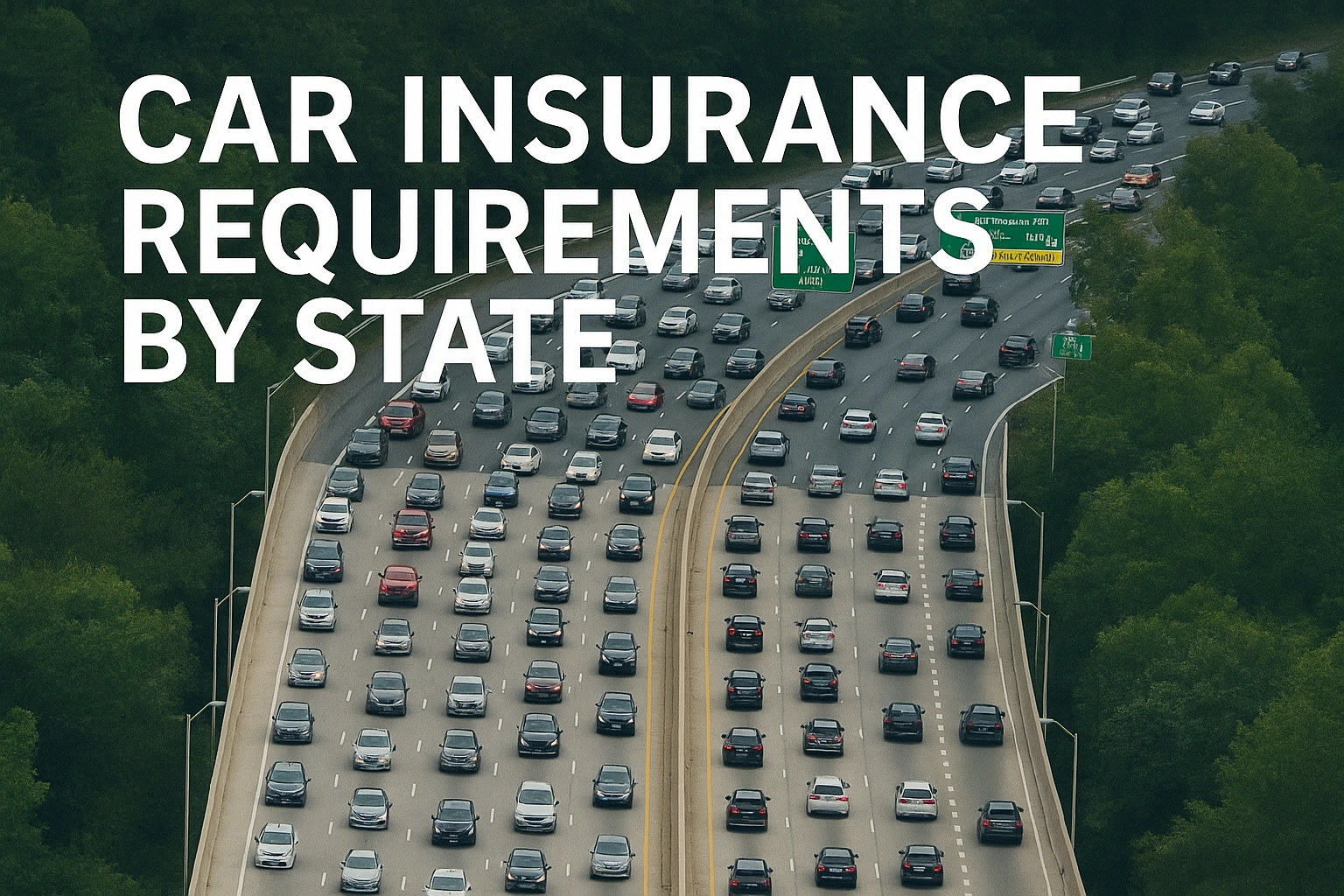Not sure what coverage your state requires? This guide outlines the minimum auto insurance laws in all 50 states to help you stay compliant and avoid fines.
Quick Summary: Every U.S. state has different car insurance requirements. While liability insurance is mandatory almost everywhere, coverage limits and optional add-ons like PIP or UM/UIM vary. Use this guide to check what your state mandates in 2025.
Why You Need to Know Your State’s Minimum Coverage
Driving without proper insurance can result in fines, license suspension, or worse. Each state sets its own legal minimums—so what works in Texas won’t fly in New York. Knowing the exact requirements protects you legally and financially.
Standard Types of Mandatory Coverage
- Bodily Injury Liability (BIL) – Covers injuries to others
- Property Damage Liability (PDL) – Covers damage to property
- Personal Injury Protection (PIP) – Required in no-fault states
- Uninsured/Underinsured Motorist (UM/UIM) – Required in some states
Car Insurance Requirements by State (2025)
Here’s a quick comparison of minimum required coverage for selected states. Always check with your DMV or insurance provider for current laws.
| State | BIL | PDL | PIP | UM/UIM |
|---|---|---|---|---|
| California | $15,000 / $30,000 | $5,000 | ✗ | Optional |
| Florida | $10,000 / $20,000 | $10,000 | ✔ | Optional |
| New York | $25,000 / $50,000 | $10,000 | ✔ | ✔ |
| Texas | $30,000 / $60,000 | $25,000 | ✗ | Optional |
| Illinois | $25,000 / $50,000 | $20,000 | ✗ | ✔ |
No-Fault States vs. At-Fault States
No-fault states require PIP and limit your ability to sue other drivers. Examples: Florida, Michigan, New York.
At-fault states assign blame after an accident and claims go through the responsible party’s insurance. Examples: Texas, California.
Penalties for Driving Without Insurance
- Fines up to $1,000 (varies by state)
- Suspended license or registration
- Vehicle impoundment
- SR-22 requirement for high-risk status
Pro Tip: Even if you move between states, your policy must be updated to meet the new state’s requirements.
How to Check Your State’s Minimum Coverage
You can:
- Visit your state’s DMV website
- Ask your insurer directly
- Use online quote tools that adjust by ZIP code
Real Example: Coverage Change After Moving
Case Study: Jordan moved from Texas to New York and was surprised to learn PIP and UM/UIM coverage were now required. He updated his policy to avoid fines and was covered after a minor fender bender 3 months later.
Next Step: Verify Your State’s Coverage
Enter your ZIP code to compare personalized coverage options that meet your local legal requirements.
📍 Insurance Laws Vary by State — Are You Properly Covered?
Each state has its own insurance minimums. Make sure you’re not underinsured or overpaying. Compare quotes based on your ZIP code and local laws.
FAQs About State Car Insurance Requirements
What’s the minimum car insurance in California?
In 2025, California requires 15/30/5: $15,000 for one injury, $30,000 total injury, and $5,000 for property damage.
Do I need to change insurance if I move to another state?
Yes. You must update your policy to reflect your new state’s laws within 30–90 days of moving, depending on local regulations.
